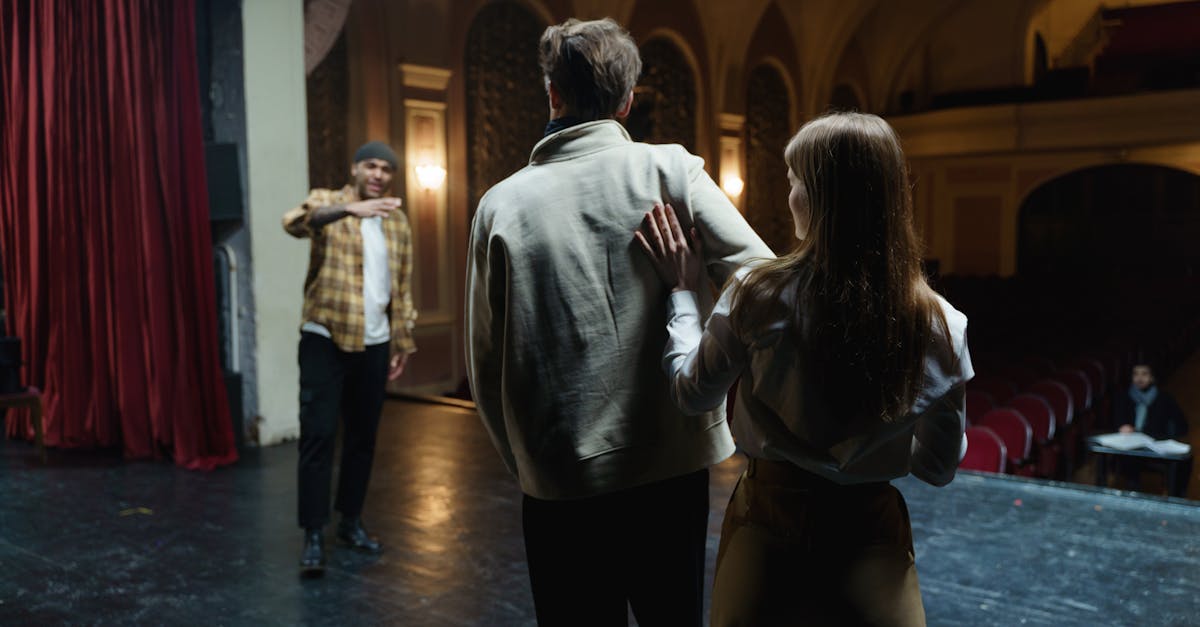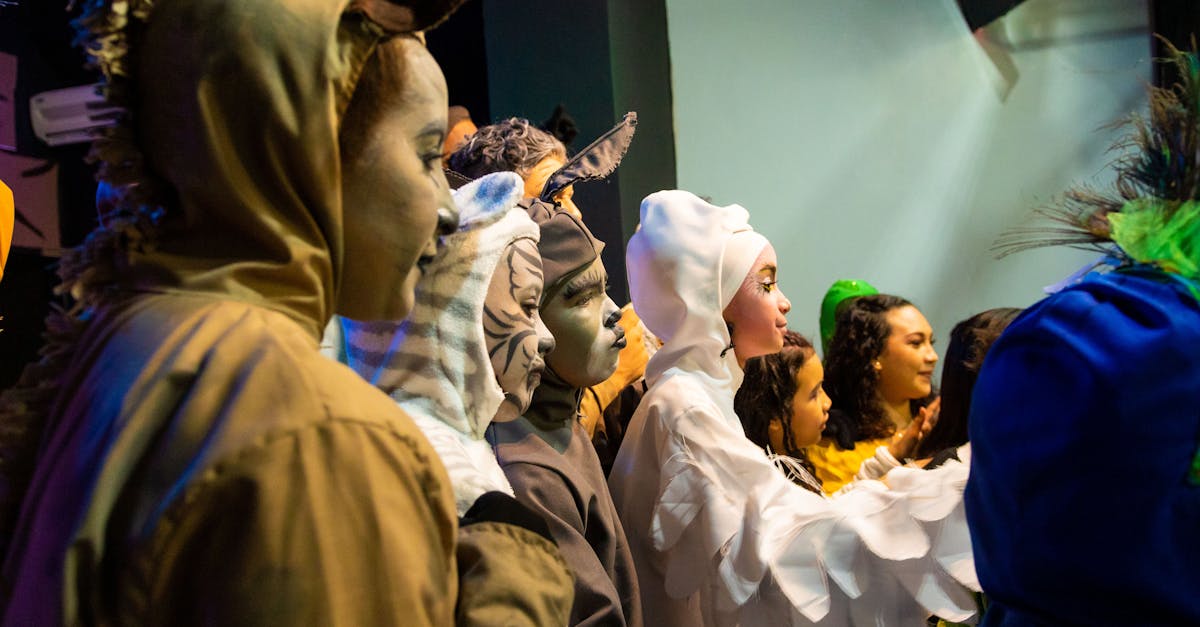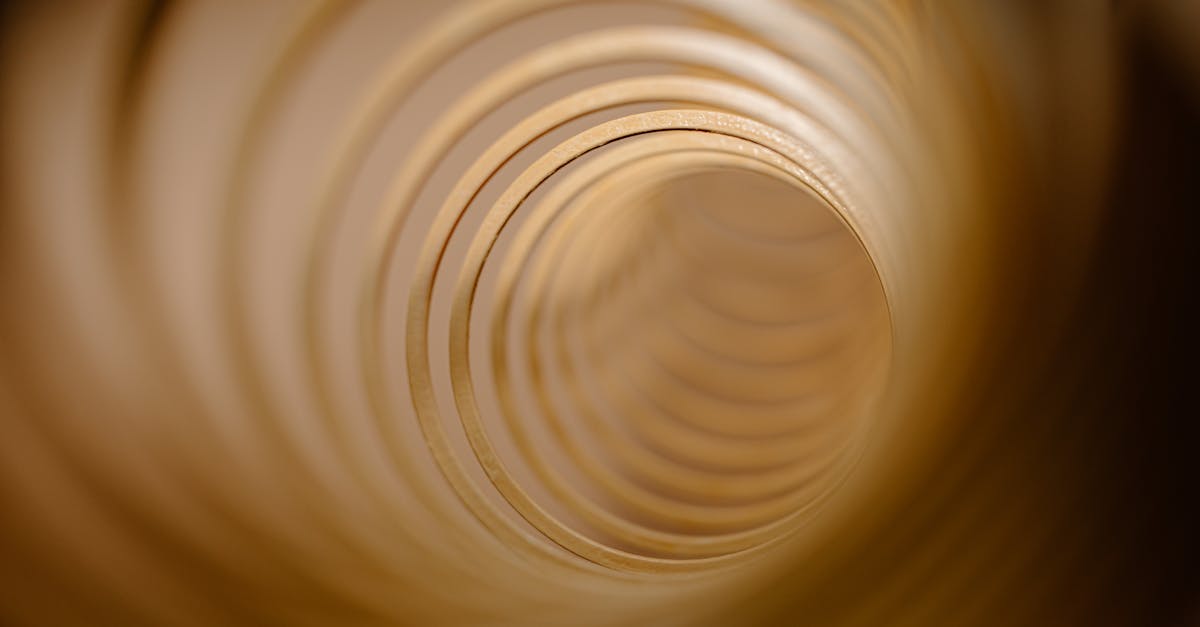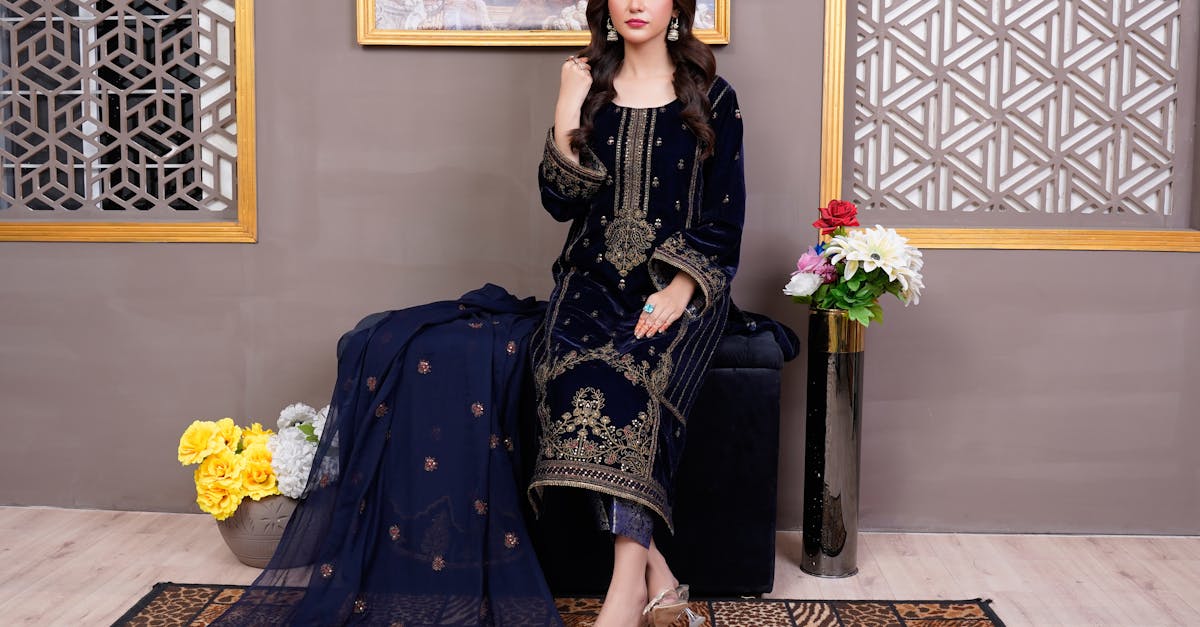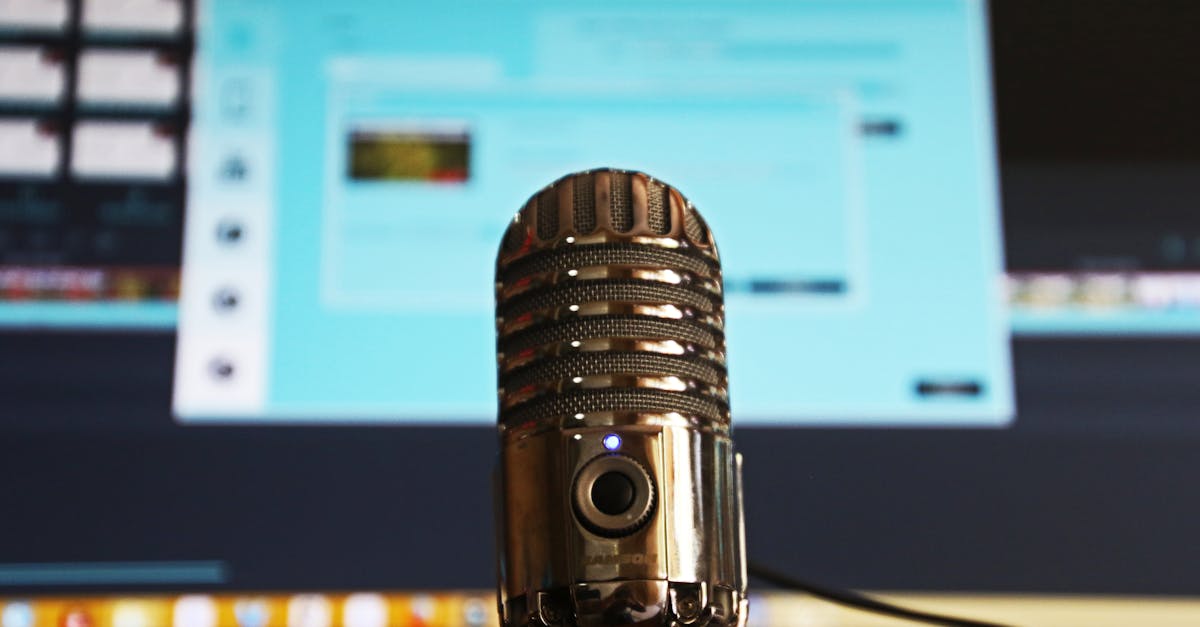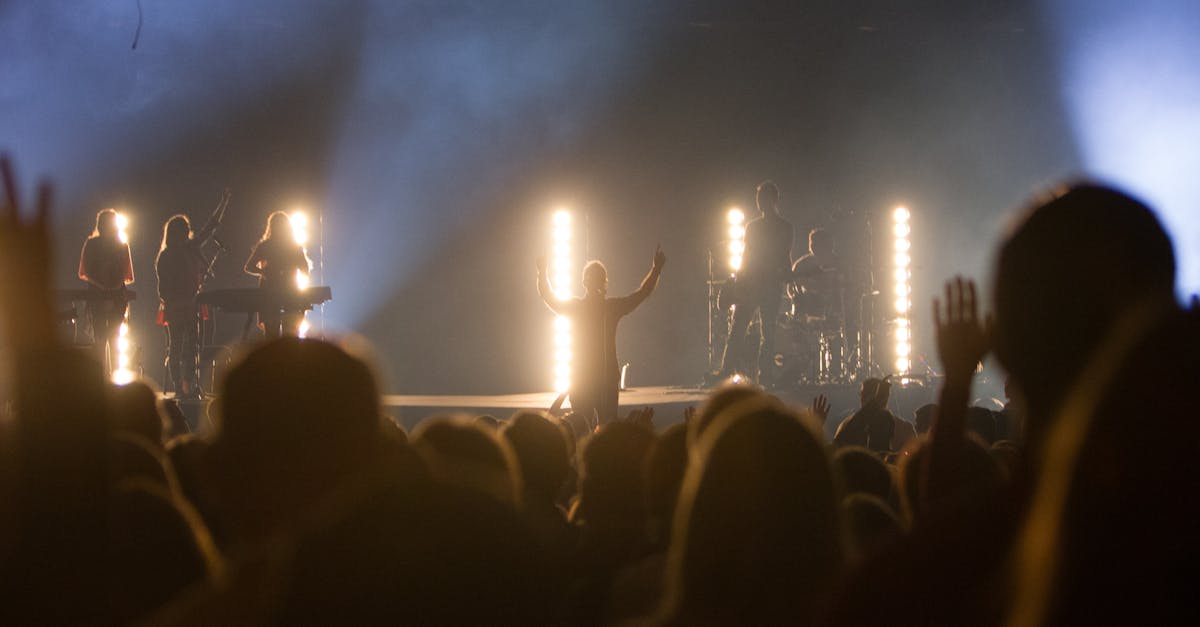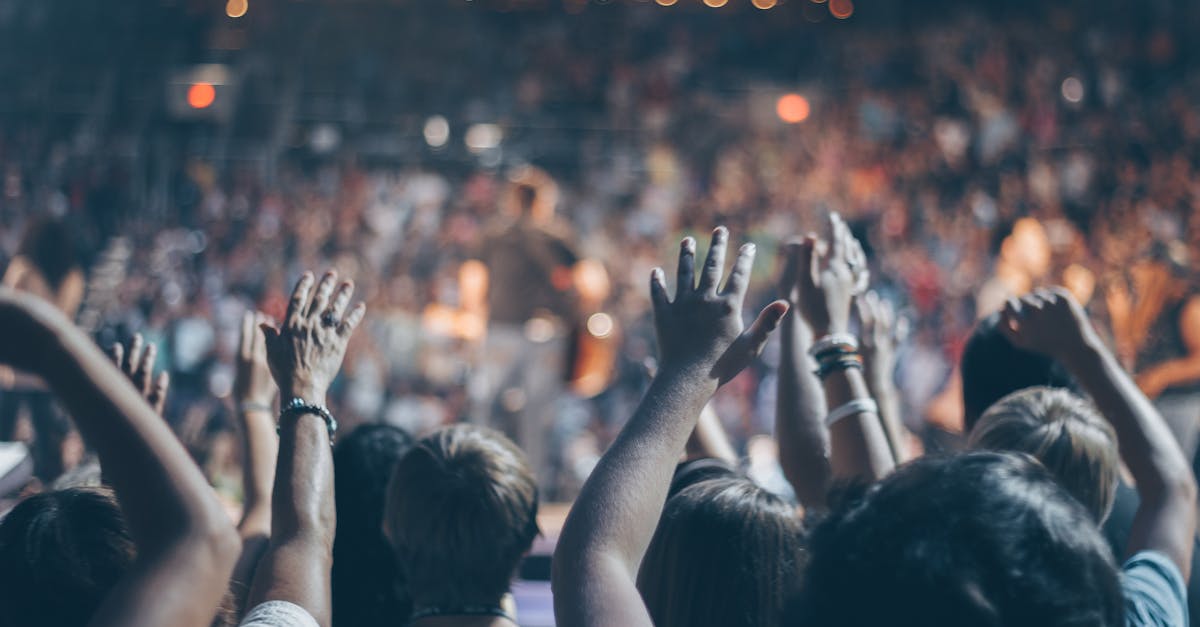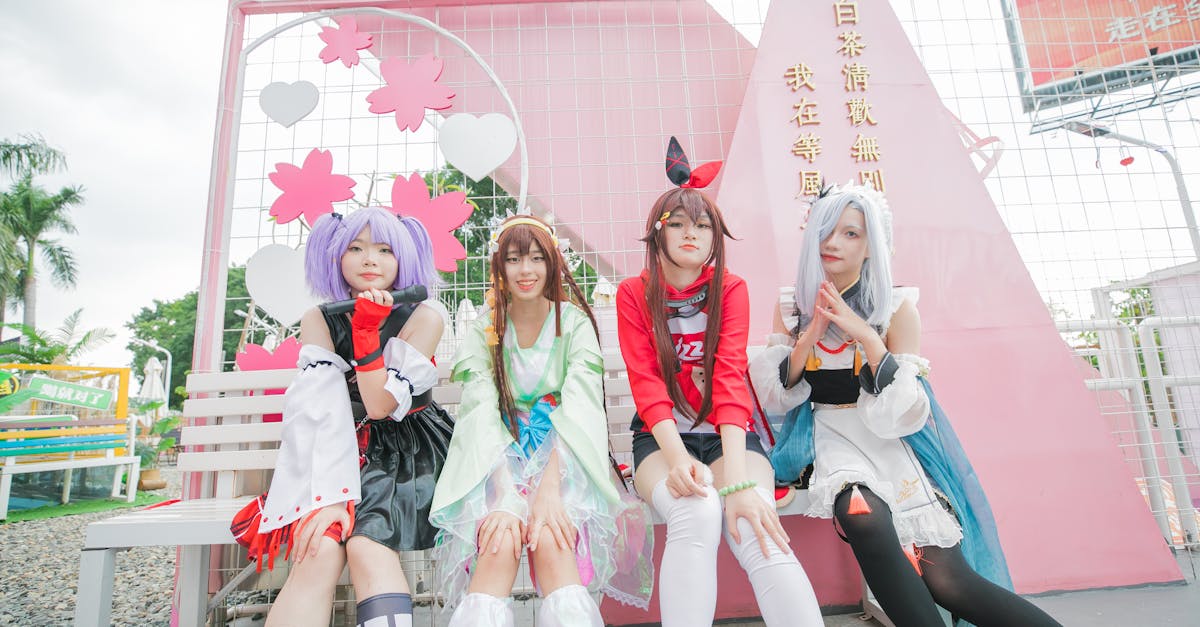Exploring The New Wave Of Artistic Expression
Introduction
Artistic expression is ever-transforming, constantly evolving with society and technology. As we edge further into the 21st century, a new wave of creative outlets is emerging, reshaping how art is perceived and consumed globally. From digital art to eco-conscious installations, today's artists are pushing boundaries in unprecedented ways. These new forms of creativity not only capture audiences but also challenge societal norms and provoke dialogue. To understand this shift, we must explore the mediums, motivations, and communities fueling this artistic renaissance. Join us on a journey through the fascinating terrain of contemporary artistic expression.
Advertisement
Digital Art Revolution
In recent years, digital art has become a cornerstone of modern creative expression. The accessibility of software like Photoshop, Procreate, and Blender enables artists to experiment with new techniques and styles. The rise of NFTs (Non-Fungible Tokens) has further transformed how digital works are valued and sold, allowing artists to claim autonomy over their creations. This digital medium also enables collaboration across boundaries, creating a more interconnected artistic community. Virtual reality (VR) and augmented reality (AR) are blurring the lines between viewers and art, offering immersive experiences that traditional forms could never achieve. Consequently, digital art not only reflects but often predicts future cultural and societal shifts.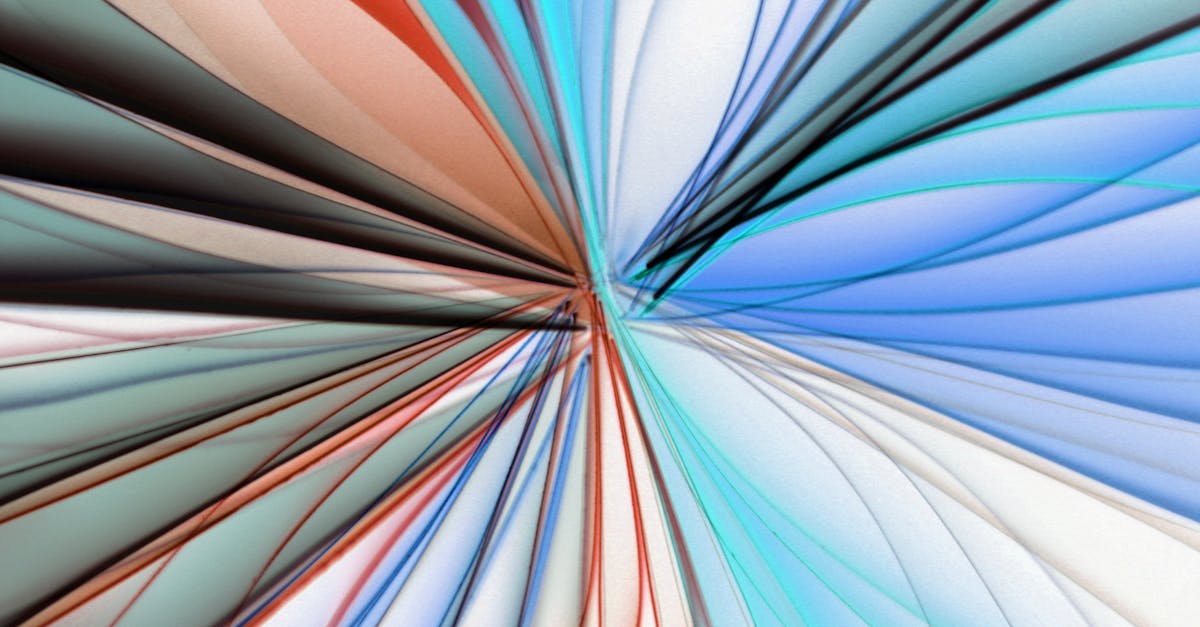
Advertisement
Street Art Emergence
Street art has surged from its rebellious roots to becoming a respected and influential art form. No longer confined to urban walls, it has found its way into galleries and critical discussions. Artists like Banksy continue to challenge political and social norms through thought-provoking murals, resonating with local and global audiences alike. Street art offers an immediate connection to communities, often serving as a voice for the overlooked or underrepresented. Murals addressing themes like inequality, climate change, and identity form public dialogues that encourage engagement and reflection. Street artists are modern-day storytellers, using the urban canvas to narrate potent societal stories.
Advertisement
Eco-Conscious Creations
As the impacts of climate change become more apparent, many artists are turning to eco-conscious practices. Environmental art aims to raise awareness and stimulate ecological change, utilizing recycled materials, sustainable processes, and themes that confront environmental degradation. Installations simulating melting ice or deforestation artistically communicate urgent environmental messages. These works inspire action and promote sustainability by advocating for reduced waste and environmental stewardship among audiences. Through their engagement with this crucial subject matter, artists become activists, emphasizing the importance of preserving our planet for future generations.
Advertisement
Performance Art Evolution
Performance art is transcending traditional stage settings, weaving itself into the fabric of public spaces and digital platforms. Contemporary performance artists blend theater, dance, music, and visual art to create rich, multi-sensory experiences. Artists like Marina Abramović challenge audience perceptions, engaging viewers directly in performances that blur the line between spectator and participant. The immediacy of social media allows live streams and virtual performances to target global audiences, overcoming geographical restraints. Performance art’s raw, unscripted nature provokes emotional responses, inviting reflection about life’s brevity and intensity.
Advertisement
Cross-Cultural Collaborations
In today’s interconnected world, cross-cultural collaborations bring fresh perspectives to the artistic landscape. Globalization and technology facilitate exchanges between artists of diverse backgrounds, uniting different traditions and narratives. Such collaborations celebrate cultural diversity, introducing audiences to foreign art forms and perspectives. Music collaborations, art festivals, and international residencies foster an appreciation for multiculturalism, breaking down stereotypes and fostering unity. This enriching interchange of cultural ideas leads to innovations, reflecting a melange of global influences and shared human experiences.
Advertisement
The Role of Technology in Art
Technology plays a pivotal role in the expansion and diversification of artistic endeavors. Beyond digital art, tech innovations enable artists to explore new dimensions— from interactive installations that respond to viewer presence to AI-generated artworks that question creativity's future. Technology also democratizes art, offering educational platforms that empower aspiring artists to learn and create online. Artists can now reach broader audiences through social media, sharing their narratives and starting conversations instantly. Embracing technology does not threaten the art form; rather, it enriches it, allowing for more imaginative expression.
Advertisement
Arttelling in Social Justice
Art remains a potent tool for advancing social justice, with current artists using their platforms to spotlight pressing issues. Whether through visual art, music, or film, creators address racism, gender inequality, and other injustices head-on. These works become catalysts for empathy and understanding, fostering discourse that can lead to profound social change. Artistic activism sits at the intersection of creativity and advocacy, driving movements and supporting marginalized communities. More than ever, artists hold a significant societal role, harnessing their voices to advocate for equity and human rights.
Advertisement
Emerging Platforms and Spaces
As societal demands evolve, so too must the spaces that host art. Innovators are transforming unconventional locations into vibrant artistic venues, like warehouses, outdoor landscapes, and even online spaces in the Metaverse. These alternative environments challenge traditional “white-cube” galleries, appealing to younger, more diverse audiences. Art fairs and pop-up exhibits offer direct interaction between artists and viewers, fostering a unique bond. By broadening access and accessibility, nontraditional spaces invite everyone into the art world, encouraging participation from all walks of life.
Advertisement
Conclusion
The contemporary art world is witnessing a dynamic transformation, with new mediums and themes challenging traditional notions. Today, artistic expression is marked by its inclusivity, innovation, and engagement with pressing societal issues. From eco-conscious endeavors to technologically driven creations, artists are not only reflecting but also shaping cultural dialogues. These changing paradigms present opportunities for everyone to engage with art, whether as creators or appreciators. As we look to the future, the continuous evolution of artistic expression promises to transcend boundaries, connecting people and ideas across the globe.
Advertisement
